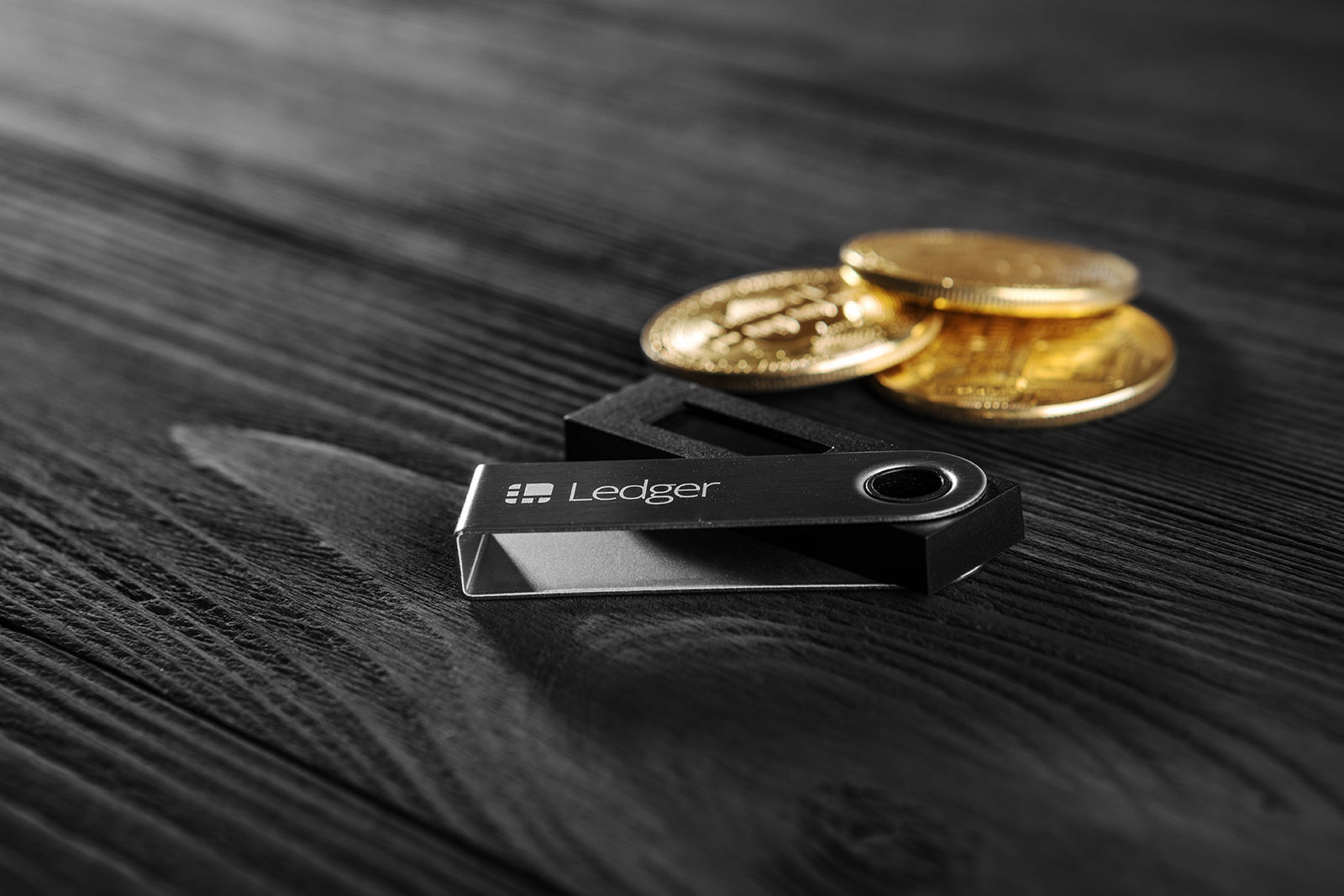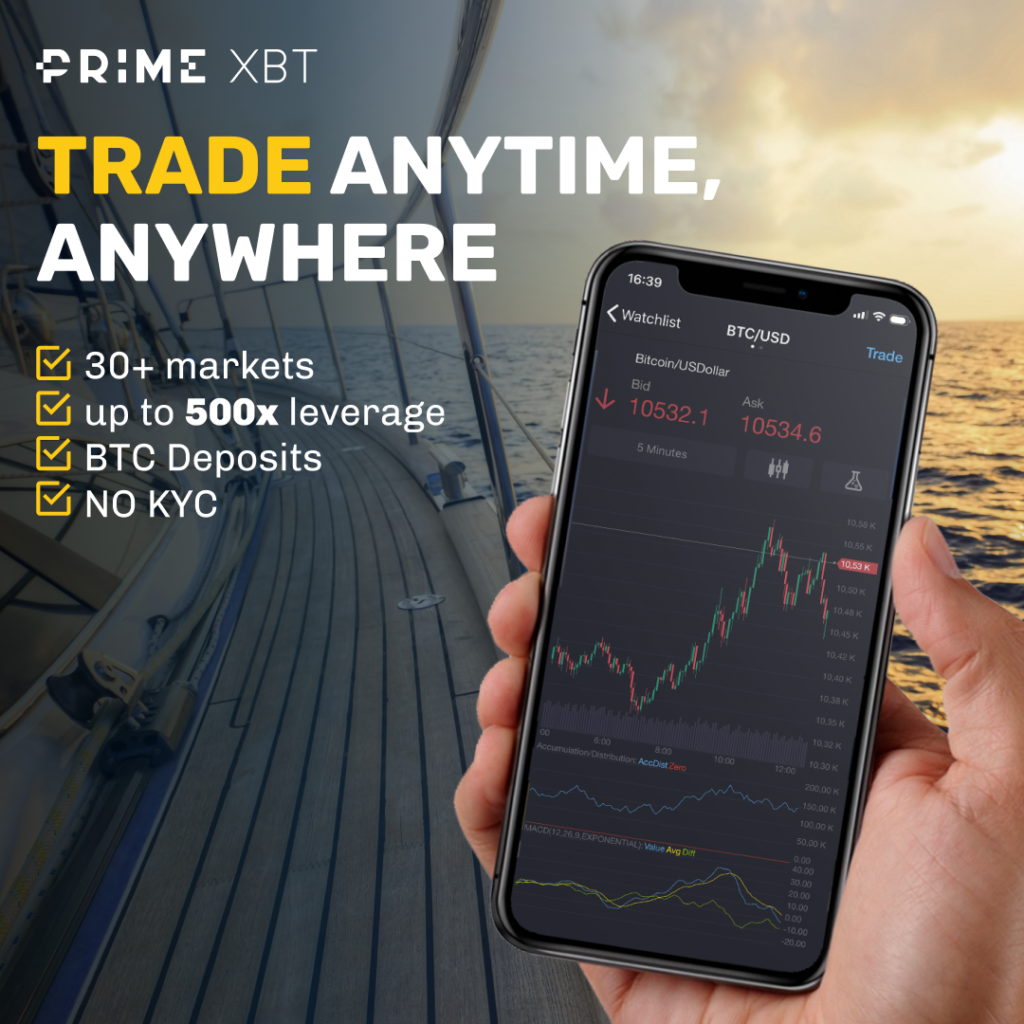Investing in Bitcoin can seem complex, but it is much simpler when broken down into steps. Purchasing Bitcoin is becoming simpler with each day, and the authenticity of platforms and wallets is also increasing. Do you want to trade Bitcoins but don’t know where to begin? You’ve arrived at the right spot. At the end of this article, you will have learned everything you need to understand about purchasing Bitcoin safely and easily. So, let’s get started:
Table of Contents
FIRST OF ALL: WHAT IS BITCOIN?
Bitcoin is a digital currency that is developed and kept electronically rather than in physical form. Unlike paper money, which is regulated by central banks and governments, Bitcoin and other digital currencies are created by miners all over the world, following the idea of decentralization. Satoshi Nakamoto, a software engineer, invented Bitcoin in 2009. Satoshi’s goal was to establish a fully separate e – payment system from central banks and governments.
The main key features of bitcoin are:
- Decentralized: Bitcoin is not regulated by any centralized power, but rather by a global network of computers that validate transactions.
- Confidentiality: There has been a lot of negative publicity about the criminal world’s utilization of digital currencies. Since you will not need anything other than an email account to open a Bitcoin profile, buying and selling Bitcoin is fully private.
- Blockchain: Perhaps the most important aspect of Bitcoin is the infrastructure that powers it. The blockchain is a universal ledger that is distributed across all Bitcoin mining machines and cannot be hacked or modified. It registers each activity in the sequence in which they occur.
HOW TO TRADE BITCOIN?
Bitcoins can be obtained in several ways. Until a few years ago, bitcoin mining was among the most common ways to obtain bitcoins. However, as more bitcoins were extracted, and with the maximum amount of currency limited to 21 million, and much more than 16 to 17 million bitcoins currently extracted, the complexity threshold for extracting bitcoins became enormous, and successful mining of bitcoins is now out of the reach until you have massive mining plants.
The other significant method of purchasing bitcoins is through exchanges. There are several bitcoin exchanges all over the globe, and some nations have their local platforms, while others, such as ByBit, Phemex, Binance and XBT Prime, accommodate citizens from all over the globe. People may purchase bitcoins from such platforms using paper currency such as the US dollar or the Euro, as well as many other virtual currencies.
Bitcoin values have indeed been extremely volatile in recent months, and consumers must purchase them at the perfect time and the correct price. These platforms provide the simplest and most cost-effective way to purchase bitcoins. There are also cryptocurrency ATMs that have already been introduced in a few parts of the globe, and customers can purchase bitcoins at such ATMs as well, but their location and high processing prices have been a little limited in the scope of client acceptance.
THINGS YOU NEED BEFORE STARTING THE PROCESS
Any ambitious Bitcoin investor requires several items. A cryptocurrency exchange profile, personal identity records when using a Know Your Customer (KYC) network, a safe Internet service, and a payment system. It is also advised that you do have your specific private wallet separate from the exchange account. Bank accounts, debit cards, and credit cards are all acceptable payment methods through this route. Bitcoin can also be obtained through specialized ATMs and peer-to-peer exchanges. That being said, as of early 2020, Bitcoin ATMs were largely demanding government-issued IDs. So, you need to have that as well.
It is also important to look at the bitcoin price trend to find the best time to trade.
STEPS TO PURCHASE BITCOIN
The most popular way to obtain Bitcoin is through a Bitcoin exchange. These platforms are essentially where people can purchase and sell Bitcoins, and the platform promotes this process while taking a fee on the transaction. For any dealer, this is among the simplest ways to purchase and sell Bitcoins. BYBIT and PHEMEX are two exchanges that allow you to buy and sell Bitcoins and other virtual currencies. Here is a step-by-step guide for it.
STEP#1: SET UP A DIGITAL WALLET
Bitcoin and cryptocurrency wallets provide a safe location to store virtual currencies. Keeping your cryptocurrency apart from the platform and in your private wallet means that just you have access to the private key to your assets. It also allows you to move cash away from an account, reducing the chance of your funds being stolen if your exchange is compromised. When it comes to selecting a Bitcoin wallet, you have many choices. The very first thing you should know about crypto wallets is the difference between hot wallets (online wallets) and cold wallets (paper or hardware wallets).
HOT WALLETS
Online wallets are often referred to as “hot” wallets. Hot wallets are wallets that operate on internet-connected gadgets such as laptops, smartphones, and tablets. Since these wallets produce the secret key to your cryptocurrencies on these internet-connected devices, this may pose a risk. While a hot wallet can be very useful in terms of allowing you to easily access and exchange your money, keeping your secret key on an internet-connected computer makes it more vulnerable to a breach. These wallets are ideally suited for storing small quantities of virtual currency or crypto that is regularly traded on a platform. A hot wallet may be linked to a bank account as well.
COLD WALLETS
The most basic definition of a cold wallet is one that is not linked to the internet and hence has a much lower chance of being hacked. These wallets are also known as offline wallets or hardware wallets. These wallets hold a customer’s secret key on a device that is not hooked up to the network and can have programs that operate in conjunction so that the user can access their investments without exposing their encryption key.

A paper wallet is possibly the safest way of storing digital currency offline. A paper wallet is a portfolio that you can build using specific websites. It then generates both shared and personal keys which you can print out on paper. You can only view digital currency in these accounts if you have that sheet of paper with the encryption key. Many individuals laminate these paper wallets and keep them in secure savings bins at their banks or in a home safe. Since Bitcoin stored in this manner cannot be easily sold or traded, these wallets are intended for maximum security and long-term holdings.
STEP#2: CHOOSE A BITCOIN EXCHANGE TO BUY BITCOIN:
After you’ve created a wallet, you’ll have to sign up for a ‘fiat-to-crypto exchange. This is a marketplace that allows cash in return for cryptocurrencies such as Bitcoin. In the crypto world, ‘fiat’ currency refers to any government-issued money, such as US dollars, Pounds, or sterling. When you purchase bitcoin via a fiat-to-crypto swap, the organization offers you cryptocurrency from its funds. This ensures they have the ability to set their price and demand a fee for their services. As a result, fiat-to-crypto exchanges are also known as ‘broker exchanges.’ Some examples of dependable, trustworthy, and stable exchanges are as follows:
STEP#3: SET UP AND VERIFY YOUR ACCOUNT TO BUY BITCOINS
Once you’ve selected a platform, you’ll need to sign up and go through security tests. The specifics will differ from one platform to the next. However, in general, you must go to the exchange’s website and tap on “Register.” The marketplace will give you a confirmation letter after you input your email address and select a code. Then, go to your email account and tap on the link. This will direct you to the new digital currency exchange dashboard tab.
You’ll see on your home menu, the dashboard, that there are a few more steps to take until you can buy bitcoin. These measures differ among platforms, but they all include complying with anti-money manipulation and ‘Know-Your-Customer’ regulations in the country where the exchange is based. Most exchanges need you to enter your mobile number. This enables two-factor authentication (2FA) and prohibits someone from entering your profile without your pin code and phone number. When you sign in to your profile or make a big payment, 2FA effectively provides additional protection to your profile by asking you to type your code as well as a short code sent to your mobile.
Following that, you’ll be prompted to post a picture or scan of your ids, such as your visa or birth certificate. Some exchanges request a selfie, while others hire an individual to perform an ID search via webcam.
STEP#4: CHOOSE A PAYMENT OPTION
Most platforms need you to attach a checking account, debit card, or credit card until you can make the first bitcoin transaction. Attaching a bank account is suggested when purchasing large quantities of bitcoin because transfer fees are lower. Because of the higher fees, credit and debit cards are only recommended for small transactions. It is not advisable to use a credit card when purchasing a significant amount of bitcoin.
If you attach and check your bank account, you will be able to make and approve quick payments. Transfer fees are typically less than 1%, and many platforms cancel the fee entirely. You can instantly move cash from your bank system to the platform. When you attach your bank account, you can sell bitcoin and make withdrawals to your checking account, which is not possible when you buy bitcoin with a credit card.
Purchasing bitcoin with a debit or credit card is more straightforward than connecting a bank account, although there could be additional fees. Most platforms charge between 3% and 5% for bitcoin transactions made with a credit card. Some institutions define bitcoin transactions as ‘cash advances’ on credit cards, resulting in payment. If you pay with a credit card, you’ll need to connect a bank account or Bitcoin wallet if you’d like to remove your bitcoin later. The benefit of using a card is that there are no complex setup guidelines to obey.
STEP#5: DEPOSIT FUNDS AND PURCHASE BITCOINS
Select a sum of money and move it to the exchange. The fees and time required will be determined by the method of payment you choose. Card transactions can be made instantly, while bank transfers can require a little while. After completing this phase, you will have cash in your exchange account’s ‘fiat’ wallet. You can use the money to purchase Bitcoin.
The last stage would be to use the funds in your trading wallet to purchase Bitcoin. Click the ‘Buy/Sell’ tab and enter the number of cryptos you want to buy. After you’ve accepted the trading costs, such as transaction fees, click “Buy” and wait for the payment to finish. And that is it, now you have purchased your very own bitcoins.
Use our Bitcoin calculator to know how much Bitcoin you will receive in exchange for USD or other currencies.
1 bitcoin=USD
STEP#6: TRANSFER BITCOIN TO YOUR WALLET TO START TRADING
Following your purchase of Bitcoin, consider the following. And you’ll have a wallet and bitcoins, but if you’ve never played the Bitcoin match previously, you may be unsure how to link the two. This is where your wallet ID (or address) comes into play. This is similar to providing your bank account information to get your paycheck automatically transferred into your bank each pay period. Each time you buy or sell bitcoins, you will insert your address into the appropriate area to transfer your purchased bitcoins into your wallet.
And this is how you can buy bitcoins for the first time and start trading. If you are still unsure of your decision of investing and trading bitcoins, here are some pros and cons of buying bitcoins and trading them.
PROS OF BITCOINS
Here are some of the most common pros of bitcoin:
- Bitcoin is the most transparent financial system available today. Bitcoins can be used to make a payment all over the globe, even when there is no financial sector.
- Bitcoin is the only commodity that has ever been produced that cannot be taken away from you by power (if taken proper precautions). Furthermore, since BTC transfers are Un censorable, no one can prevent you from performing transactions.
- Bitcoin is completely anonymous, and anyone with an internet connection can access its wallet without any authentication or credit history. It is particularly useful in financially excluded areas and third-world countries where most people lack access to financial services.
- Bitcoins can be spent in the very same ways that conventional digital money can that is from a personal computer, a cell phone, or a bank card.
- Bitcoin also has useful business functionality such as multi-signature authentication and financial visibility. Multi-signature implies that several individuals must sign off on a transaction, which increases protection. Furthermore, the very essence of a blockchain – in which all transactions are transparent – increases a company’s transparency.
- In comparison to other digital currencies, Bitcoin has by far the most brand awareness, stability, a well-developed ecosystem, and widespread acceptance among retailers and organizations.
- Bitcoin challenges the hegemony of money by providing an alternative to citizens who mistrust their nation, specific institutions, leaders, or simply believe in the idea of decentralization.
CONS OF BITCOINS
The most commonly found cons of bitcoin are as follows:
- Despite efforts to allow offline Bitcoin payments, the currency’s usage is still heavily reliant on internet connectivity.
- Since Bitcoin is still in its early stages, transaction speeds and fees differ based on mining performance and network traffic.
- Bitcoin transactions are irreversible, which means that once the money has left your pocket, there is no way to get it back. Even though many credit management techniques are being created, “buyer protection” is still not a concept with Bitcoin. Accepting BTC, on the other hand, will favor merchants because it reduces the possibility of fraudulent recurring billing.
- Most people are not prepared to accept full responsibility for their properties and are incapable of safely managing their private keys. Many private Bitcoin keys have also been misplaced and are no longer recoverable, contributing to Bitcoin’s deflation and increase in value.
- Understanding the ins and outs of the Crypto world is a steep learning curve. Many Bitcoin apps’ user interfaces are still not foolproof, and the network is not ready to serve everyone on the planet.
- Bitcoin protection necessitates basic cybersecurity information and awareness. While the network itself is nearly impenetrable, organizations and individual consumers are.
CONCLUSION
You’re probably aware that Bitcoin is on the rise. You also certainly heard that it’s a digital currency, that when its value rises or falls, it becomes everyone’s favorite subject, and that it has been popular far sufficiently that you must probably know more about this than you already do.
But what you didn’t know was how to buy bitcoins? And that is why we went back to the fundamentals and compiled the above-mentioned steps to help you purchase your very own bitcoins and start trading. We hope that this guide will help you throughout the process and make it easy for you.
BITCOIN FAQ
You can purchase Bitcoin with cash in a variety of ways, including peer-to-peer, which means you can locate someone in your area to buy from in person. This takes a little more effort than most people are willing to put in. The other choice is to buy Bitcoin with money at a Bitcoin ATM, which is more practical and less intrusive.
Purchasing Bitcoin, a form of cryptocurrency, is risky, much like buying and selling resources and fiat (government-issued) currencies. Bitcoin’s volatile price makes it riskier than shares and other forms of assets, but it also has the potential to be more lucrative and profitable.
If you want to buy bitcoin anonymously without leaving your home, your best bet is to use a peer-to-peer exchange like Local cryptos or local.Bitcoin.com. There are many payment methods available, including bank transfers, gift cards, and PayPal, and the information will be shared only with the seller.
Yes! Purchasing bitcoin with a debit or credit card is more straightforward than connecting a bank account, although there could be additional fees. Most platforms charge between 3% and 5% for bitcoin transactions made with a credit card but the transactions are processed instantly.












